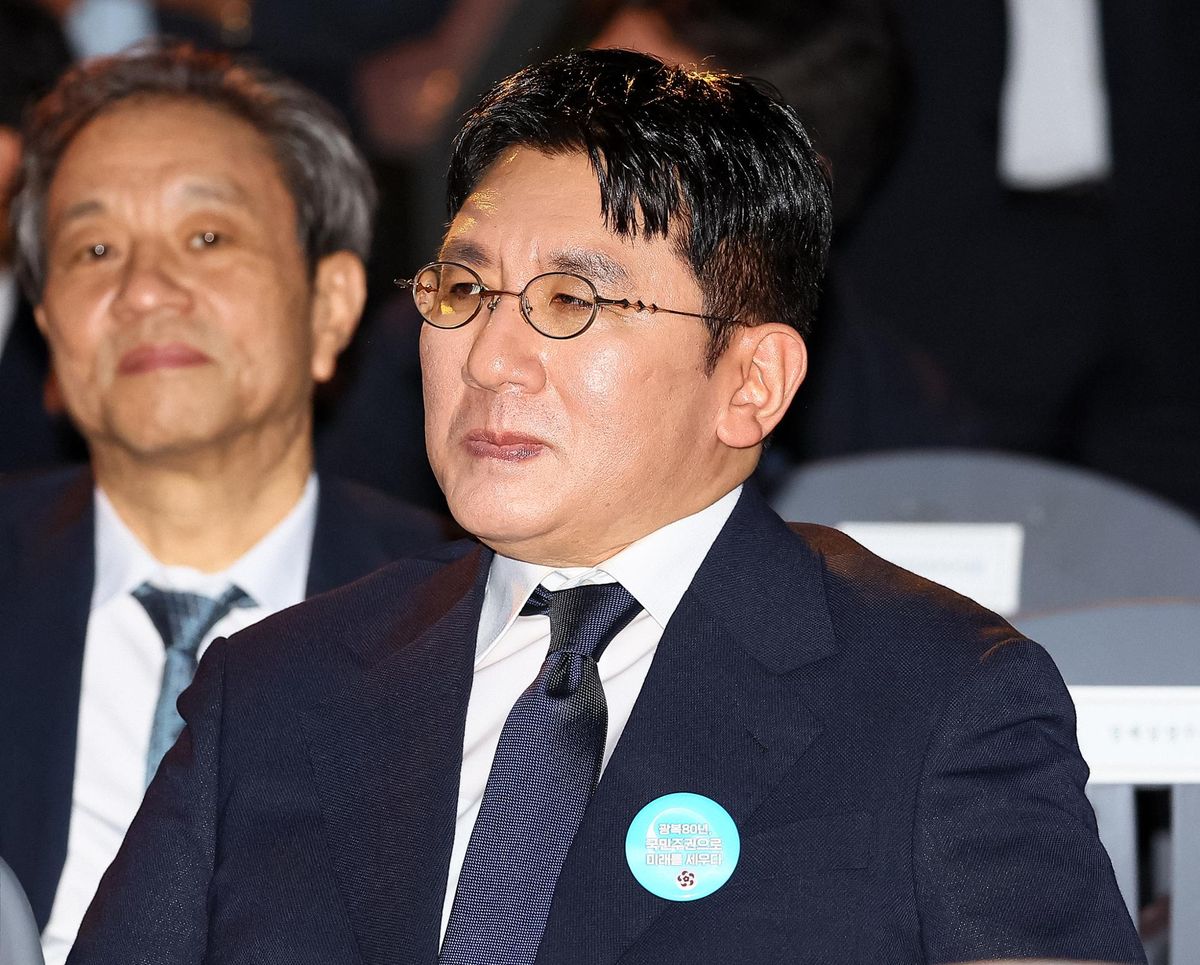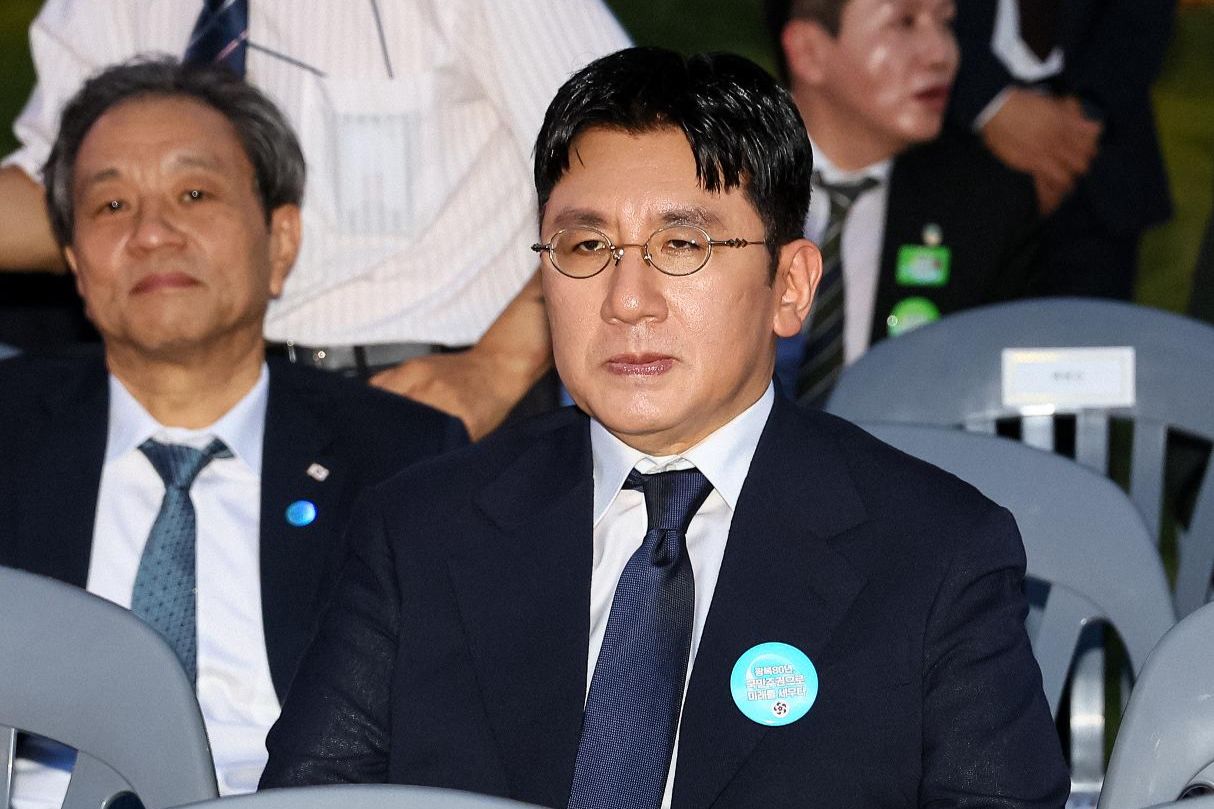K-pop powerhouse HYBE Labels is pushing its global ambitions further by setting up shop in India, one of the world’s most populous nations, in a bid to test whether the business model that turned K-pop into a worldwide force will resonate on the subcontinent.
The entertainment giant, home to juggernauts like BTS, announced the official establishment of an Indian subsidiary on Tuesday, adding a new hub after earlier expansion into Japan, the United States, Latin America and China. The company described the move as a “key addition” to its global strategic map, aimed at accelerating “the creation of a worldwide K-pop ecosystem.”
This move into India reflects HYBE’s “multihome, multigenre” strategy, which the company’s chairman, Bang Si-hyuk, has long described as essential for K-pop’s survival, applying the industry’s model across genres and geographies to sustain growth.
In practice, HYBE has sought to build bases tailored to local culture and music industries, producing and managing artists in the typical K-pop style while extending its intellectual properties into new territories.
One prominent example of this is KATSEYE, the global girl group launched in collaboration between HYBE America and Geffen Records. Though its members do not brand themselves outright as K-pop idols, the group has closely followed many of K-pop’s conventions, from appearances on Korean music shows to the tightly managed performance style that has helped it gain global fame.

HYBE Labels chairman Bang Si-hyuk attends the People’s Mandate Ceremony in commemoration of Korea’s Liberation Day, Aug. 15. Yonhap
Why India?
A part of what makes India an especially attractive market lies in its demographics. With a population of more than 1.4 billion and an average age of 29, India presents a demographic profile well aligned with K-pop’s core audience.
India also boasts one of the world’s largest music streaming markets. According to the Federation of Indian Chambers of Commerce and Industry, the country has more than 185 million streaming users, making it the second-largest market after the United States.
Demand for K-pop in particular has been soaring. A report by the Korea Foundation for International Cultural Exchange found that between 2018 and 2023, K-pop streaming in India grew by 362 percent. Analysts attribute the surge to rising internet and smartphone penetration, as well as improved access to global streaming services.
The overall market size adds to the allure. A report released in April by the Korea International Trade Association estimated India’s digital media industry revenue at 13 trillion won ($9.3 billion) in 2024, with this year’s figure expected to hit 15 trillion won.
Unlike North America and Southeast Asia, India also remains relatively untapped by Korean entertainment firms, making it one of the last frontier markets for expansion.
HYBE unveiled that the mission of its Indian subsidiary is, “Where voices of India become global stories,” aiming to discover and nurture talented artists locally, develop them with Indian aesthetics and then connect them to audiences around the world.
The Indian branch plans to recruit artists through local auditions and establish a training system optimized for the Indian market. The subsidiary will also support HYBE artists’ activities in India, expanding their presence in the region.

Lisa of BLACKPINK appears in the group’s “How You Like That” music video, where an image resembling the Hindu deity Ganesha is seen in the lower left corner. Captured from X (formerly Twitter)
Understanding sensitivity
But insiders also caution that the opportunity comes with steep challenges.
“India has long been seen as a risky bet because its domestic entertainment industry, led by Bollywood, is so dominant,” said one Korean music industry official, who spoke to The Korea Times on condition of anonymity.
“But with K-pop artists now more active globally, entry might have become easier than before. At the same time, Korea will need to pay close attention in respecting India’s cultural diversity.”
Past incidents have underscored the risks of possible missteps regarding the country’s diversity.
In 2020, BLACKPINK’s music video for “How You Like That” drew backlash after an image of the Hindu deity Ganesha appeared in the background. Some Indian fans said their faith had been “trivialized” as a pop-culture prop, prompting the group’s agency, YG Entertainment, to acknowledge it as an “oversight.”
That same year, boy band Seventeen also faced criticism when members sang “Curry,” a song by Korean duo Norazo, in a self-produced video that some viewers said mocked Indian culture.
Cultural critic Kim Hern-sik warned through a local media outlet that such missteps show the stakes of entering the Indian market directly.
“From a cultural appropriation perspective, K-pop has improved a lot through past experiences,” he said. “But as it ventures into India, caution is still necessary. More examples of collaboration that respect and adapt to local traditions need to emerge.”

